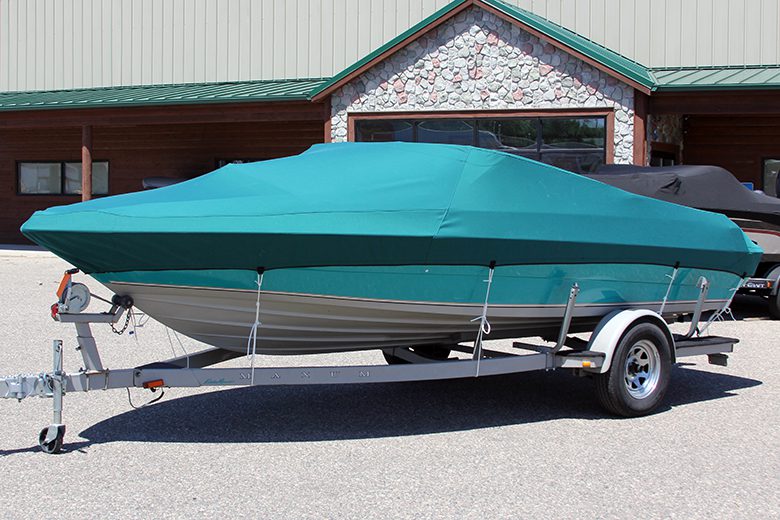When it comes to boats, many owners often find themselves asking the same question over and over: why does my boat motor not go past 4000 RPM? This is a very common issue and one that could be caused by a variety of factors, from a poorly running engine to a fault with the boat’s propeller.
Why does my boat Motor not go past 4000 RPM?
The most common problem that causes a motor not to go past 4000 RPM is the condition of the engine itself. If the engine is running poorly, it won’t be able to reach its normal peak RPMs. This could be due to a variety of issues such as a faulty spark plug, a dirty air filter, or even a clogged fuel line. It’s important to check these components regularly to ensure that the engine is functioning at its peak performance.
If the engine is running properly, then the next most likely cause of your boat motor not passing 4000 RPMs is a fault with the propeller. The propeller is responsible for providing thrust to move the boat forward, and if there is something jammed in it or if it’s the wrong size, it won’t be able to efficiently push the boat forward. It’s important to check the shape and condition of the propeller regularly to ensure that it’s functioning properly and is optimized for the size and speed of your boat.
Another cause of a motor not reaching its peak RPMs could be the transmission. If the transmission is slipping or if the boat has a “slip lock”, it could be preventing the motor from reaching its peak performance. Check the transmission regularly to ensure it’s functioning properly and that it’s properly adjusted and lubricated.
Finally, other less common reasons could be fouling caused by the build-up of debris in the engine and the cooling system, or a faulty fuel injection system. Both of these can cause blockages that will prevent the engine from reaching its peak RPMs. It’s important to have these checked by a professional so that they can diagnose and fix the issue.
When cruising rpm drops 400 then picks back up why is that?
When the cruising rpm drops suddenly and then picks back up again, this could be caused by a number of potential problems. The most common causes include: worn spark plugs, faulty ignition timing, low fuel pressure, or a clogged fuel filter. It can also happen due to sparking issues, issue with the carburetor, and even from a damaged or worn fan belt. Additionally, the problem could be for something more serious related to the engine’s oil and filter levels, the water pump, or worn valvetrain components such as the distributor cap, rotor arm, or spark plugs. The best way to diagnose and fix the issue is to take your car to a qualified mechanic and have them do a detailed check on all the engine’s components.
How do I get more RPM out of my boat motor?
One way to increase the RPM of your boat motor is to tune the motor. This can be done by adjusting the carburetor, air filter, and spark plugs. If the timing of the motor is off, it can affect the efficiency of the engine and its speed. Additionally, checking the propeller or propeller shaft can help with getting more RPMs. If the blades of the propeller are bent or warped, it can lead to decreased engine speed. Replacing the propeller shaft if too much wear has occurred, can help boost your engine’s RPMs. Another option is to replace the boat motor’s fuel filter and spark plugs, as dirty or corroded ones can impact RPMs negatively. Lastly, using higher octane fuel will also add more RPMs to the engine.
How does a high RPM affect the engine?
A high RPM, or revolutions per minute, can have a drastic effect on an engine. At high RPMs, the engine’s components are put through tremendous stress. This increases the likelihood for engine parts such as pistons, push rods, and camshafts to fail. It also can cause piston ring blow-by, which allows the fuel and air mixture to not completely combust before it is expelled out the tailpipe. This can result in lower engine performance and decrease fuel economy. Additionally, oil leaks can be created due to the high pressure created by the increased RPMs, leading to a loss of engine lubrication that can further damage the engine.
Related posts:
How many hours will a 2 stroke outboard run?
How to Keep Water Out of the In-Floor Storage Area?
Why does my boat Motor not go past 4000 RPM? – Summary.
In summary, if your boat motor isn’t passing 4000 RPMs, the most common cause is a poorly running engine. However, other components such as the propeller, transmission, and fuel injection system can also be responsible. It’s important to check each of these components carefully to ensure they’re functioning properly and to make sure there are no blockages or other issues preventing the motor from reaching its peak performance.



